With hens clucking and fresh herbs in the air, imagine a sunny backyard homesteading. Consider adding a block of handmade cheese and a jar of creamy yogurt. Sounds like paradise. How can you achieve this dream?
Basics: Milk Matters
First, get decent milk. Milk quality can make or break dairy treats, whether it’s from your cow or goat or a neighboring farm. The enzymes and bacteria in raw milk make it perfect for cheese and yogurt.
Trade Tools Start without pricey gear. What you need:
- A huge pot
- A thermometer
- Cheesecloth
- Colander
- Plain yogurt with living cultures or starter culture
- Cheese rennet
- Salt
Simple enough? Roll up our sleeves and start.
A Step-by-Step Story of Cheesemaking
Heat Milk Add milk to the pot and cook moderately. You want 85°F (29°C) for soft cheeses like ricotta and 90°F (32°C) for hard cheeses like cheddar.

Add Cultures and Rennet
Introduce your starter culture when your milk reaches the right temperature. Stir softly but well. After one hour, add water-diluted rennet. This mystical substance curdles milk.
Curd Cutting Curds should form after an hour. Cut into small cubes with a long knife. This releases curd whey.
Cooking Curds Gently heat and stir the curds. The temperature should be 105°F (40°C), which increases curd firmness.
Draining Whey Drain whey in a cheesecloth-lined colander. Gravity will work on the curd-filled cloth for hours or overnight.
Salting and Aging To finish, season the cheese to taste. Hard cheese should be pressed with weights for several hours before maturing in a cold environment for weeks or months.
Voila! You made cheese!
Making Yogurt: Easier Than Pie
Making yogurt is easier but gratifying.
Heat Milk
Heat milk to 180°F (82°C). This destroys undesirable microorganisms and prepares them for culture.
Cooling Down
Cool the milk to 110°F (43°C). Reacting too quickly can ruin your batch.
Add culture
Gently mix with yogurt starter culture or plain yogurt with live cultures.
Incubation Time
Keep this combination warm—110°F (43°C)—in jars for six to eight hours. You can do this stage with an oven light or yogurt maker.
Homemade yogurt is ready to eat!
Tips for Troubleshooting
Some things go wrong despite our best efforts. Some frequent issues:
Curdling: Look for new rennet if your cheese isn’t setting.
Runny Yogurt: It may be too warm for incubation.
Off Tastes: Always use clean equipment—contamination destroys flavors quickly.
Start with less salt—you can always add more.
Mold Issues: Store cold and dry.
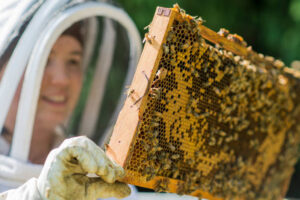
Trial and error help perfect these talents!
Beyond Basics: Taste Enhancements
Want to spice things up? Put rosemary or thyme in your cheese before pressing. After incubation but before chilling, yogurt lovers can add honey, vanilla, or fresh fruit.
Why DIY Dairy?
Making cheese and yogurt at home is fun and powerful. You decide what goes in—there are no preservatives or fake ingredients! Additionally, making something tasty from scratch with love and attention is very rewarding.
A Small-Scale Homesteading Adventure: Backyard Dairy Delights
Imagine hearing a cow or goat moo or bleat in your backyard in the morning. You get a taste of agricultural life without migrating to the country. Small-scale dairy farming is an experience with ups and downs.
Let’s start with space. Keeping a few dairy cattle happy doesn’t require acres. A little yard can work if organized well. Goats are great for small areas. They are intelligent and curious like animal Houdinis but can be contained with fencing.
Goats give milk efficiently and have the personality to match any canine. Take Daisy, my neighbor’s Nubian goat. She keeps escaping her pen to eat Mrs. Thompson’s expensive roses next door. Although it can be troublesome, it gives your homestead character.
Large cows can be scary, but Jerseys and Dexters are great for backyards. These pint-sized bovines generate rich milk for butter and cheese—talk about value!
Consider what you want from animals other than milk before choosing them. Goats can clear bush better than weed whackers and entertain endlessly. Cows provide more milk and manure, making your garden a vegetable paradise.
Feeding your dairy babies is affordable, too. Small-scale farmers can find economical feed at local feed stores. Many homesteaders like cultivating alfalfa or clover for fodder—a win-win!
Housing also requires imagination. Due to their escape skills, goats need solid shelters—think Fort Knox, but cuter! Cows need more space but nothing fancy—a three-sided hut can keep them warm through harsh weather.
Watering systems must be efficient and straightforward to ensure a consistent fresh water supply! Automatic waterers keep animals hydrated on hot summer days, saving time and effort.
Health care is like riding a bike—it starts intimidating but gets easier! Livestock vets can prevent issues from becoming central with regular checkups.
Milking routines—the heartbeats of everything—are following! Whether to use hand-milking skills passed down through generations or contemporary milking equipment for more minor operations depends on desire and feasibility.
Imagine the early morning sun spreading golden hues across dewy grass as you sit by Bessie, your dependable Jersey cow, hands working rhythmically. At the same time, she munches on breakfast hay—that tranquil connection between human and animal develops links stronger than steel!
Cleanliness is crucial while storing milk! Invest in stainless steel pails to avoid bacterial buildup and ensure safe consumption every time!
Initially complicated, pasteurization becomes a regular practice to protect against hazardous bacteria in raw milk products, especially for young and older adults at risk of sickness.
Another joy is making tasty raw milk products: small-scale dairying—creamy yogurt, acidic cheese. Gourmet ice creams are only limited by creativity.
Be patient for success. Rome wasn’t built in a day, and a successful homestead doesn’t either. Each step toward self-sufficiency and supplying healthy food to loved ones from the backyard offers satisfaction.
Community local farming organizations’ online forums treasure troves guidance support camaraderie, fellow enthusiasts walking the same route together, fun shared experiences, blunders, and victories make lifetime bonds.
Roll up your sleeves and raise dairy cows in a small backyard. Homesteading promises rewards beyond sustenance, enriching people in unexpected ways.

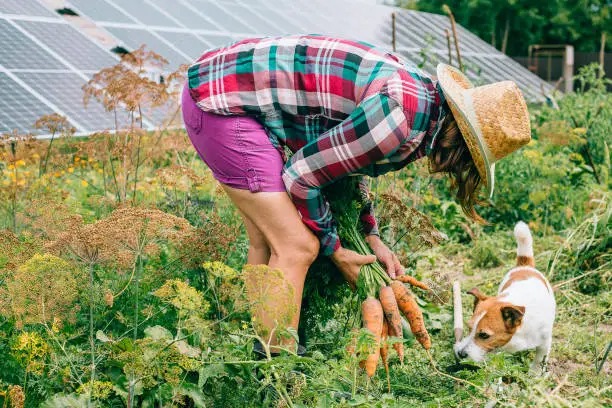
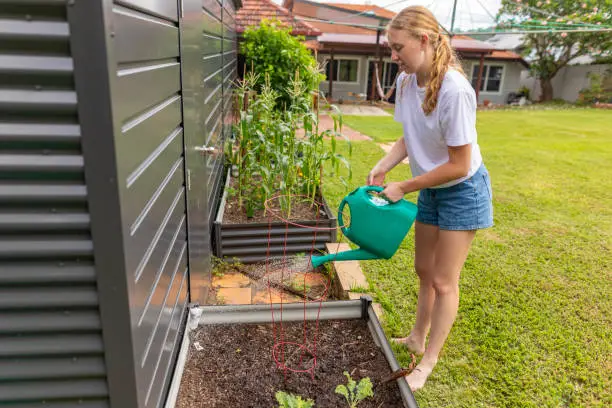
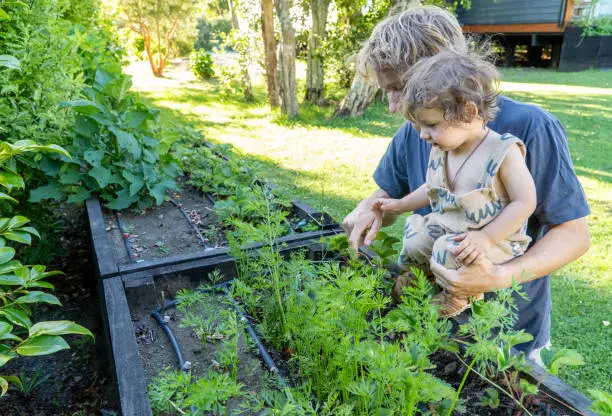
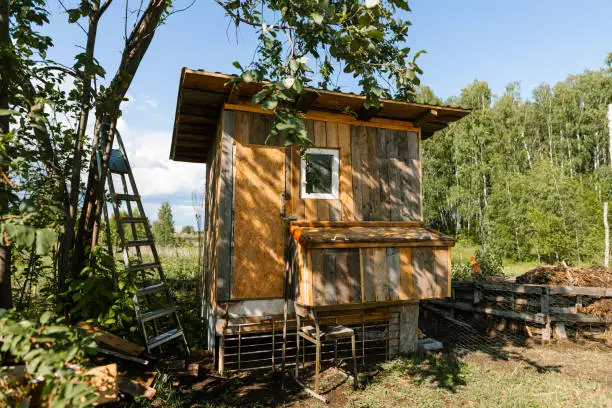
Leave a Reply
You must be logged in to post a comment.